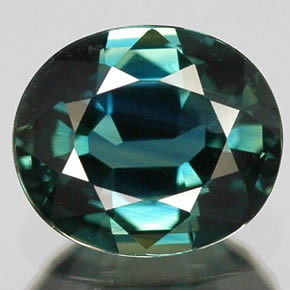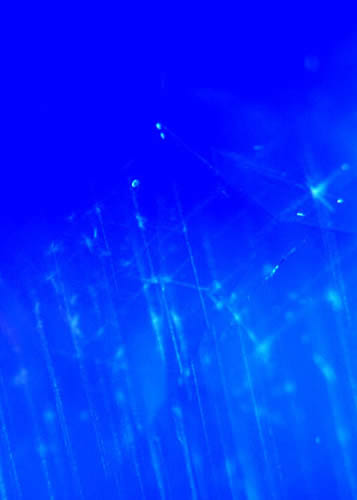|
|
Your Details
|
|
Your Details
|
Reviewed By Andreas Zabczyk
Natural Gemstones
Color Zoning in Natural Sapphire
It is now possible to manufacture many kinds of high quality gemstones in a laboratory, including sapphire, ruby, emerald and diamond. So what does this mean for the natural gemstone business? Synthetic or lab-created gemstones are made of the same material as natural gemstones, so they share the same chemical and optical properties. A synthetic sapphire is composed of aluminum oxide, the same material as the natural stone. It is just as hard and just as brilliant as a natural sapphire. In fact the color and clarity of the synthetic stone may well be superior to most natural sapphires. The synthetic sapphire will also be available in larger sizes and at a much lower price. Usually a better product at a lower price is a sure bet for success with regard to marketing. However, natural gemstones continue to be preferred by most knowledgeable gem buyers. In fact many of these buyers would not even consider buying a synthetic gemstone. Why is that? One answer is that a natural gemstone is extremely rare, and thus has a special value. But this cannot be the complete answer. The reason is that not all rare things, however valuable, are intrinsically interesting or beautiful. Rare coins, for example, can be be worth a fortune; but they are collected solely for their rarity, not their beauty. 
Rutile Inclusions in Natural Sapphire
We might say that natural gemstones are rare in a special way - they are a kind of miracle of nature; a happy accident where the right conditions came together to produce a material that can be cut and polished to produce a finished product with remarkable optical properties. It's worth remembering that not all natural gemstones are valuable. Poor quality specimens form the bulk of the output from virtually every mine. Gem quality material has a rare combination of transparency, clarity and color. But there is more to a natural gemstone than just these qualities, which indeed can be found in synthetic stones. A natural sapphire is not just aluminum oxide. It may also contain a number of "impurities", including titanium, iron, chromium and rutile. These impurities contribute not only to the hue of the gem, but also to its texture, its appearance under different kinds of lighting, its color zoning and a whole range of subtle optical qualities. Synthetic gems are actually more perfect than most of the specimens found in nature. But in many gemstones it is precisely these accidental imperfections of nature that give natural gemstones not only their rarity, but also their unique beauty. |
